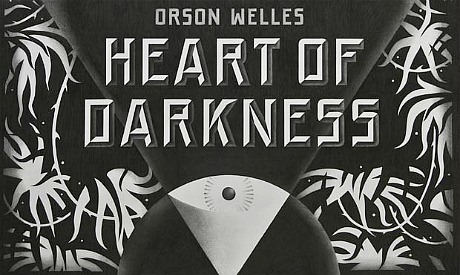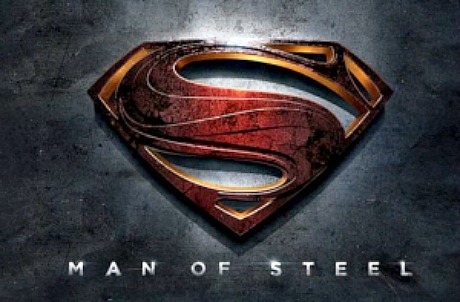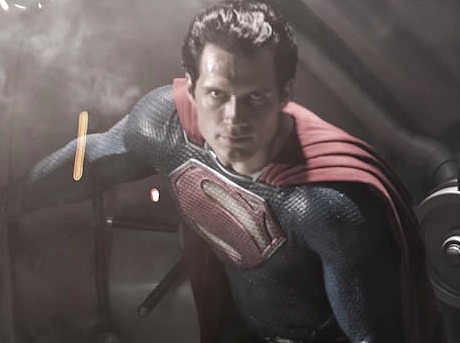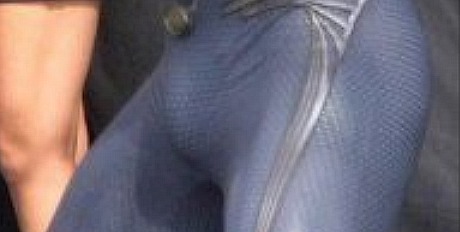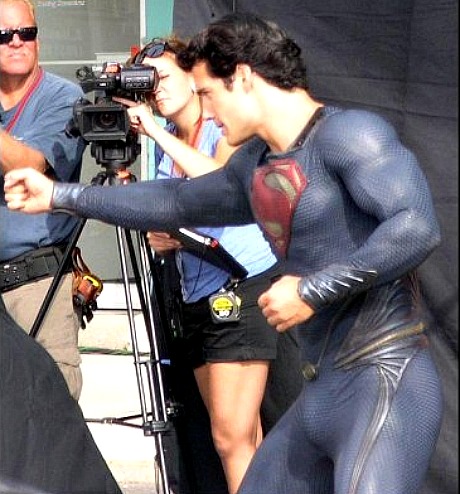Many and perhaps most Americans who pay to see Tom Hooper‘s Les Miserables (Univeral, 12.14) will call it Lay Mizzruhbulls. This is how the girl with the mall accent will pronounce it when you call for showtimes on Moviefone. Gradually everyone will call it Lay Mizz, the default term for the B’way musical that ran from March 1987 through May 2003 (i.e., 6680 performances).

Russell Crowe as Inspector Javert during filming of Les Miserables.
The all-singing, all-dancing Les Miserables — “Layh Meezehrabluh” — began filming earlier this month with Hugh Jackman, Russell Crowe (as Inspector Javert — the Lieutenant Gerard of his day), Anne Hathaway, Eddie Redmayne, Amanda Seyfried, Sacha Baron Cohen and Helena Bonham Carter. Crowe tweets constantly about working out, and I must say he looks pretty good.
Les Miserables will basically be this year’s Sweeney Todd. It’s an all-but-guaranteed Best Picture contender along with Lincoln, The Master, The Great Gatsby, Gravity and Anna Karenina. Zero Dark Thirty and Hyde Park on Hudson are likely contenders also.

